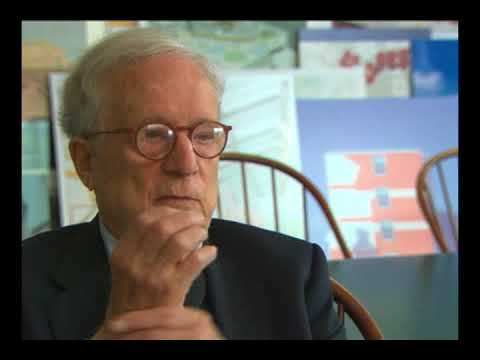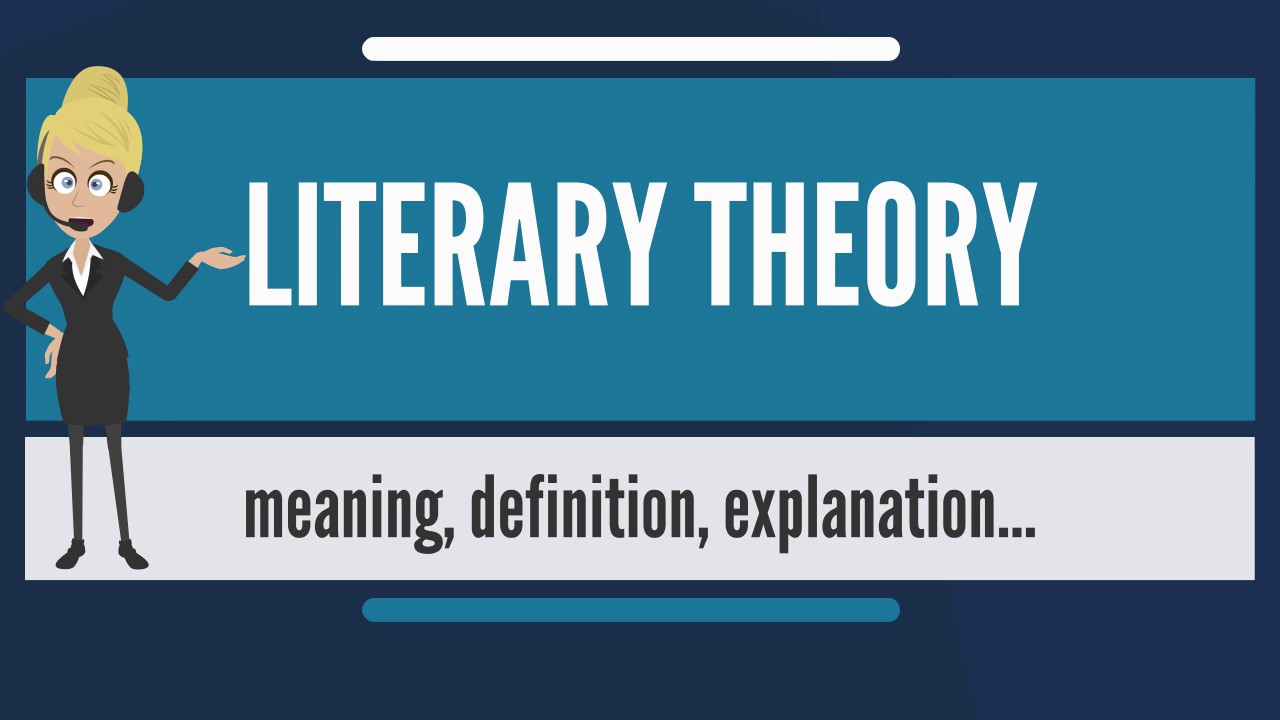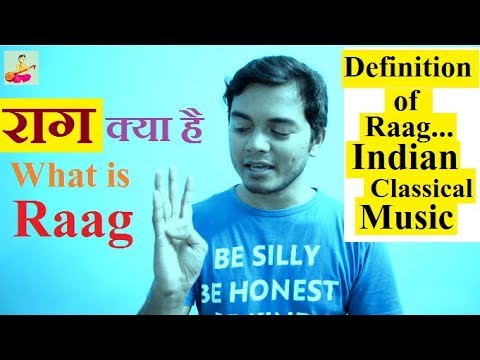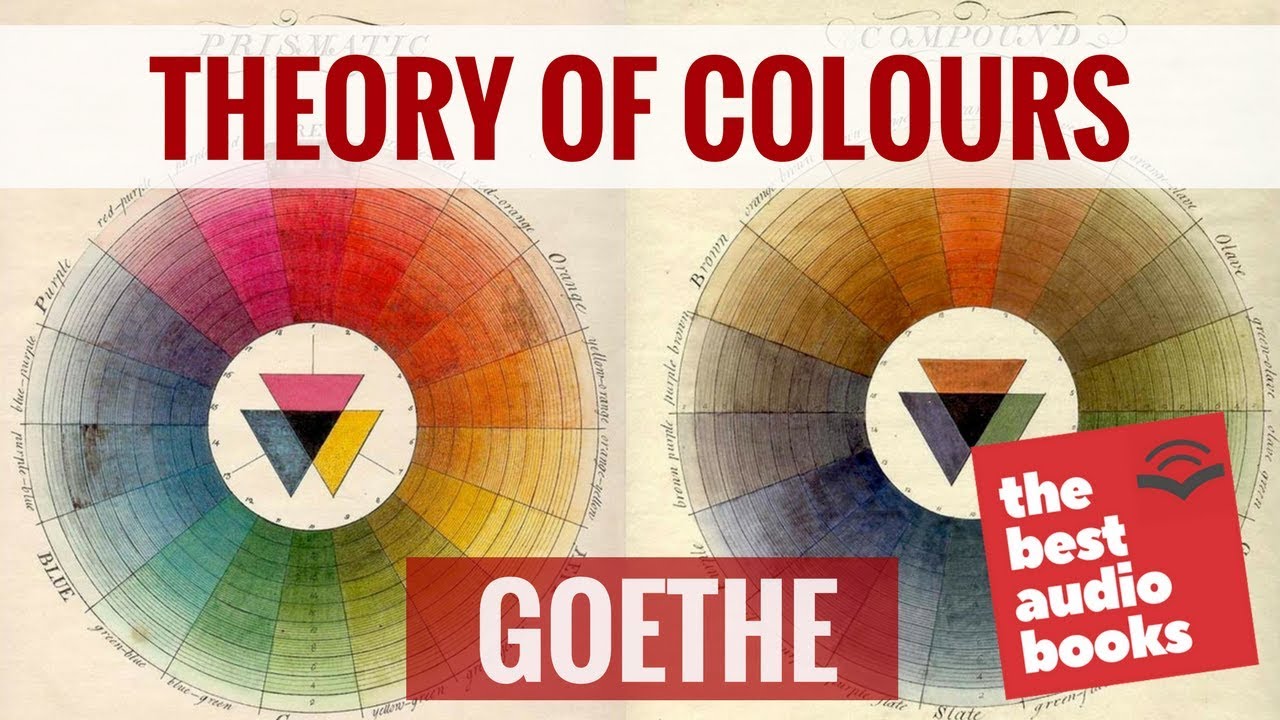To listen to more of Robert Venturi’s & Denise Scott Brown’s stories, go to the playlist: https://www.youtube.com/playlist?list=PLVV0r6CmEsFydP8aUVMUeqCjaBZimK7jg
Internationally renowned architects Robert Venturi (1925-2018) and Denise Scott Brown (b. 1931) have helped transform contemporary design through their innovative architecture and planning, winning numerous prestigious awards for their work along the way. [Listener: Thomas Hughes]
TRANSCRIPT: [RV] Another issue that I think, I would like… that I enjoy contemplating and acknowledging is that of the idea that we have referred to in the past of the building as the decorated shed and the building of the duck. We refer to the duck, of course, as that building in Long Island which was a… it was… it’s still there, but it was originally built as a building at the side of the road to sell… for the… to sell ducks to the people driving by, a commercial building. And in a way, it was a building therefore highly as symbol, itself as symbol. And then you can’t say… and then there’s the building as the decorated shed, where the actual building as shelter is not at all… does not contain any symbolic content, it is essentially shelter. But it is ornamented with, if you will, signage and the signage gives out the symbolic expressive architectural aesthetic quality. And we learned that from… from Las Vegas, where you go along the Las Vegas of 30 years ago, you go along the strip, you have… first you see the very big sign which informs you that beyond the parking lot to the left or the right, is the casino or the hotel or whatever. And you… that connects to the… to the scale of the automobile age Urbanism of then. And then, of course, there could be by the side of the road the building, which itself expresses, informs you about what’s going on and lures you to go inside and that would be the equivalent of the duck. And we were saying both are valid, but there is to some extent today, especially the validity that exists of the decorated shed. And I’ve made the analogy before of the building where form follows function, where the building is like a glove and derives its architectural quality from the characteristics, the original and varied characteristics of the- someone’s glove for me might be different from someone who had a longer third finger. It has to be accommodated.
There is also however the… today, very much the… because of the complexity of existence today and the evolutionary quality of uses of buildings, there is very much the validity of the building as the shed in which many different things can happen at the same time. And we’ve had great fun and we’ve learned a lot from studying the loft building. And I’ve mentioned before the great tradition of the loft building where you see that as, let’s say, the Italian Palazzo, which is a generic building that contains rooms that in terms of their ornament have a lot of individual character. They don’t really literally change over time but the uses within the Palazzo can change over time, as I’ve said, as they evolve from home of a noble family to museum, library, embassy and so forth.
Web of Stories – Life Stories of Remarkable People
Source




Visit the Big Duck in Flanders New York
Duck Architect Robert Century Learning from Las Vegas…
How to attract your interest to stop and make your visit.
Build a Duck Structure.